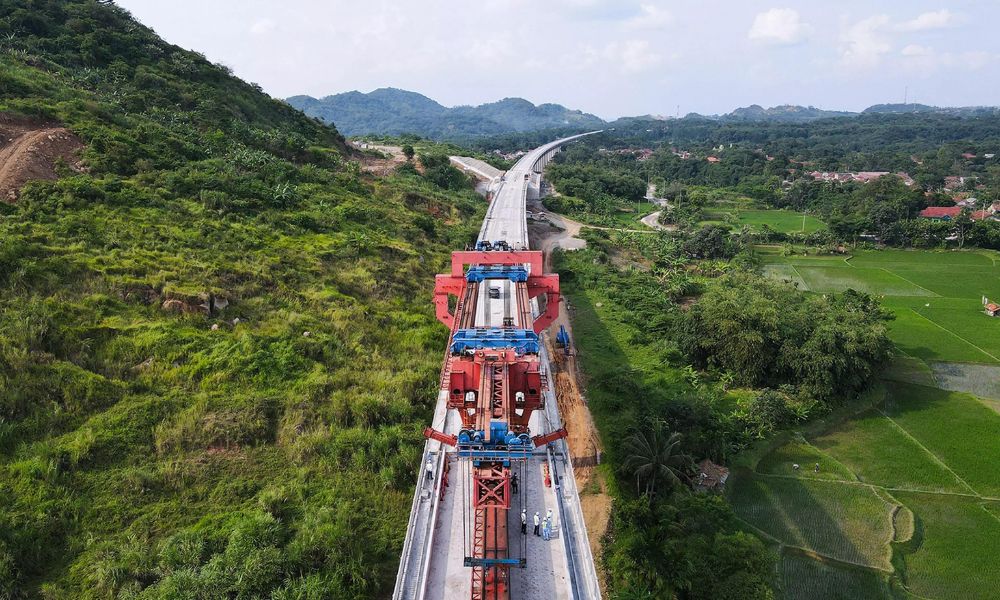
- EconomyPortals
- 17 Sep, 2023
China's Belt and Road Initiative (BRI) has emerged as one of the most ambitious and controversial infrastructure projects in modern history. Launched in 2013 by President Xi Jinping, the BRI aims to connect Asia, Europe, Africa, and beyond through a network of railways, roads, ports, and pipelines. While it promises significant economic opportunities and improved connectivity for participating countries, it has also garnered criticism for its potential to create unsustainable debt burdens and geopolitical tensions. In this blog post, we will delve into the complexities of the BRI, exploring its objectives, benefits, challenges, and the global impact it has had thus far.
Understanding the Belt and Road Initiative
The BRI comprises two main components: the Silk Road Economic Belt, which is a land-based network, and the 21st Century Maritime Silk Road, which is a sea-based initiative. These routes are designed to enhance trade and connectivity between China and other regions of the world. To achieve this, China has committed massive financial resources to fund infrastructure projects in more than 140 countries.
Key Objectives of the BRI
- Economic Expansion: China seeks to open up new markets for its goods and services, stimulate economic growth, and reduce overcapacity in domestic industries. By connecting markets in Asia, Europe, and Africa, the BRI aims to facilitate the flow of goods and promote international trade.
- Geopolitical Influence: Through the BRI, China aims to expand its influence on the global stage. By investing in infrastructure projects and fostering closer ties with participating countries, China can wield significant political influence in these regions.
- Infrastructure Development: Many countries along the BRI routes lack modern infrastructure. The initiative aims to bridge this infrastructure gap by building roads, railways, ports, and energy facilities, which can promote economic development and poverty reduction.
Benefits of the Belt and Road Initiative
- Infrastructure Improvement: Participating countries benefit from much-needed infrastructure development, which can boost economic growth, create jobs, and improve living standards.
- Trade Facilitation: The BRI promotes trade by reducing transportation costs and transit times, making it easier for goods to move between regions.
- Foreign Direct Investment: Chinese investment in BRI countries can attract other foreign investors, potentially leading to increased capital flows and economic development.

Challenges and Concerns
- Debt Sustainability: One of the most significant concerns is the potential for participating countries to accumulate unsustainable debt. Chinese loans for BRI projects can lead to a debt trap, where countries struggle to repay their obligations, leading to loss of assets or even geopolitical concessions.
- Lack of Transparency: Critics argue that the BRI lacks transparency, making it difficult to assess the terms and conditions of loans and investment agreements. This opacity raises concerns about corruption and unequal partnerships.
- Environmental Impact: Large-scale infrastructure projects can have detrimental environmental effects, including deforestation, habitat destruction, and increased carbon emissions. Balancing development with environmental sustainability is a challenge.
- Geopolitical Tensions: The BRI has led to geopolitical tensions, particularly in regions where China's expanding influence clashes with the interests of other global powers, such as the United States and India.
Global Impact of the BRI
The BRI has already had a substantial global impact, shaping the economic and geopolitical landscape in several ways:
- Economic Growth: Participating countries have seen increased economic activity, with improved infrastructure supporting trade and investment.
- Debt Challenges: Some countries have faced difficulties in repaying their BRI-related debt, leading to concerns about China's debt diplomacy and the potential loss of strategic assets.
- Geopolitical Realignment: The BRI has prompted realignments in global geopolitics, with countries seeking to balance their relationships with China, the United States, and other regional powers.
Conclusion
China's Belt and Road Initiative is undoubtedly a global game-changer, but whether it is a positive or negative force depends on various factors, including transparency, debt management, environmental sustainability, and geopolitical dynamics. As the BRI continues to evolve and expand, it is crucial for participating countries to carefully assess the risks and rewards of their involvement and for the international community to closely monitor its progress. If managed effectively and responsibly, the BRI has the potential to bring about transformative economic development and improved connectivity for millions of people worldwide. However, if mishandled, it could lead to economic vulnerabilities, geopolitical tensions, and environmental degradation. The path ahead requires careful navigation and international cooperation to ensure that the BRI fulfills its promise as a global game-changer rather than a debt trap.
